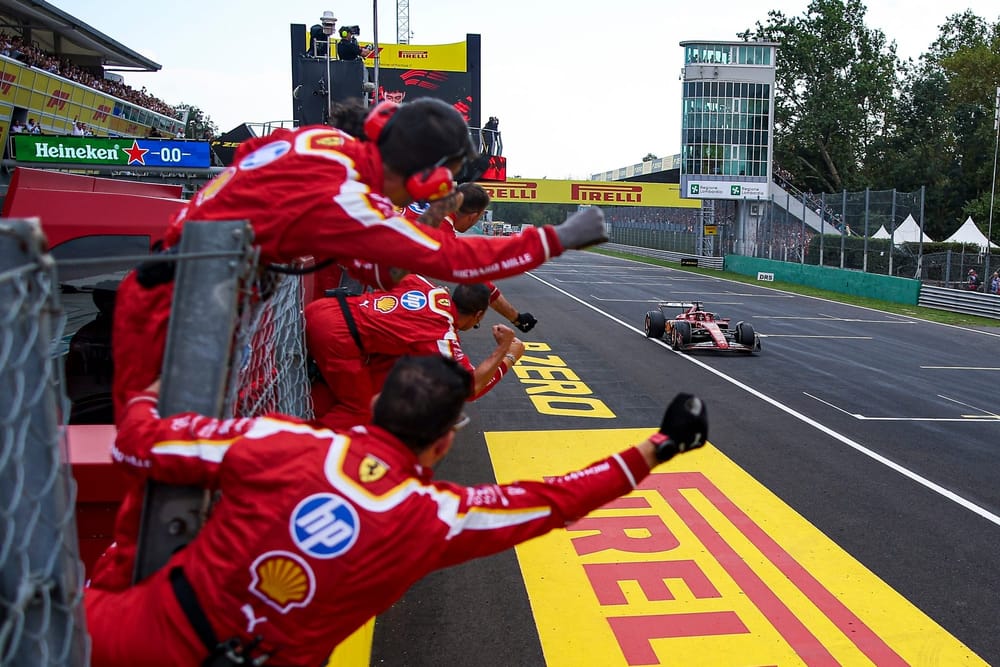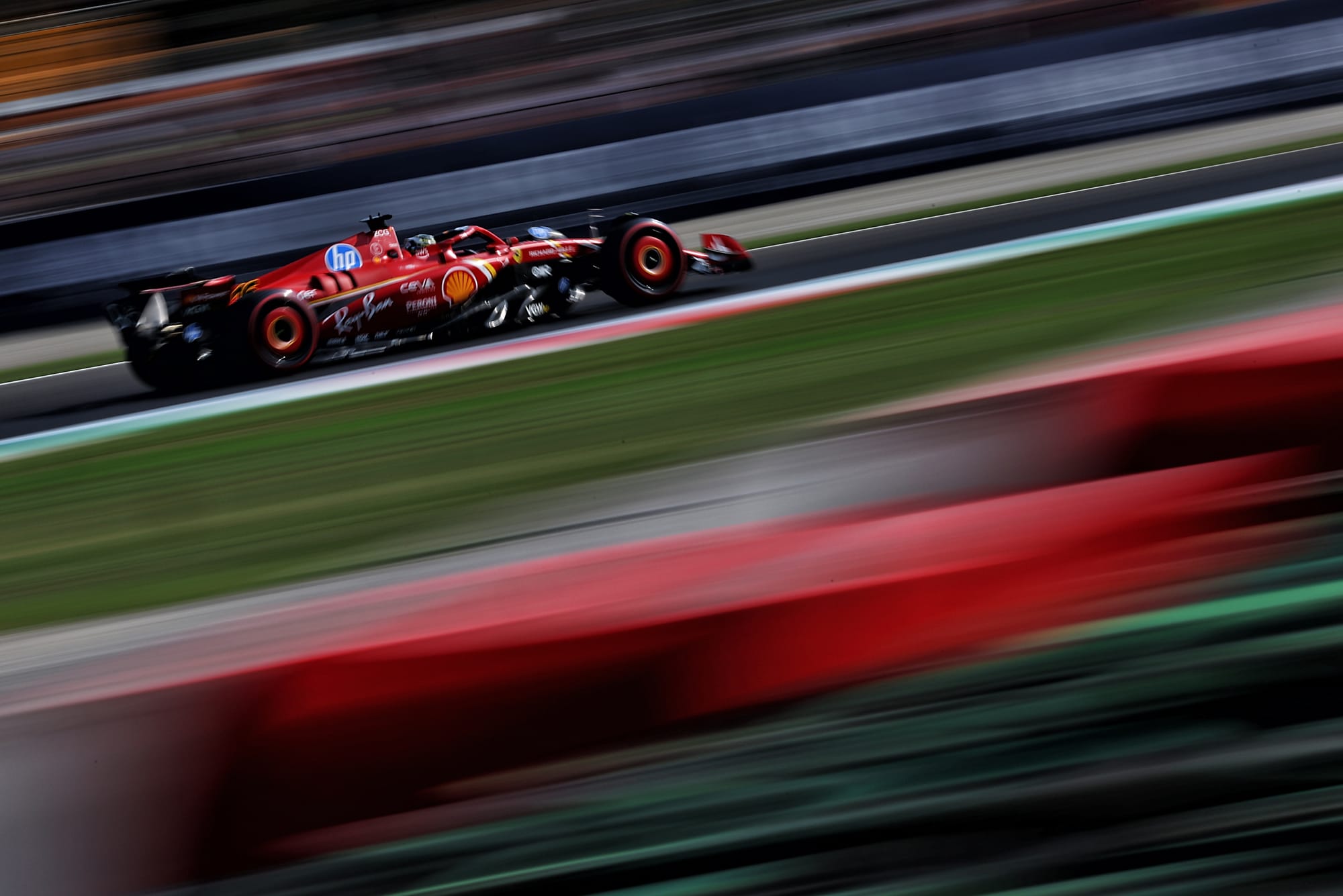Up Next

Ferrari ended its seven-race Formula 1 win drought with Charles Leclerc's victory in the Italian Grand Prix, catapulting it back into contention at the front after a run in which it claimed only three podium finishes. So what does that mean for the rest of the season?
As Monza is an ultra-low-downforce outlier, it's difficult to draw definitive conclusions and there are still questions to be answered before we can know the full implications of what happened in Italy.
IS FERRARI'S FLOOR NOW FIXED?
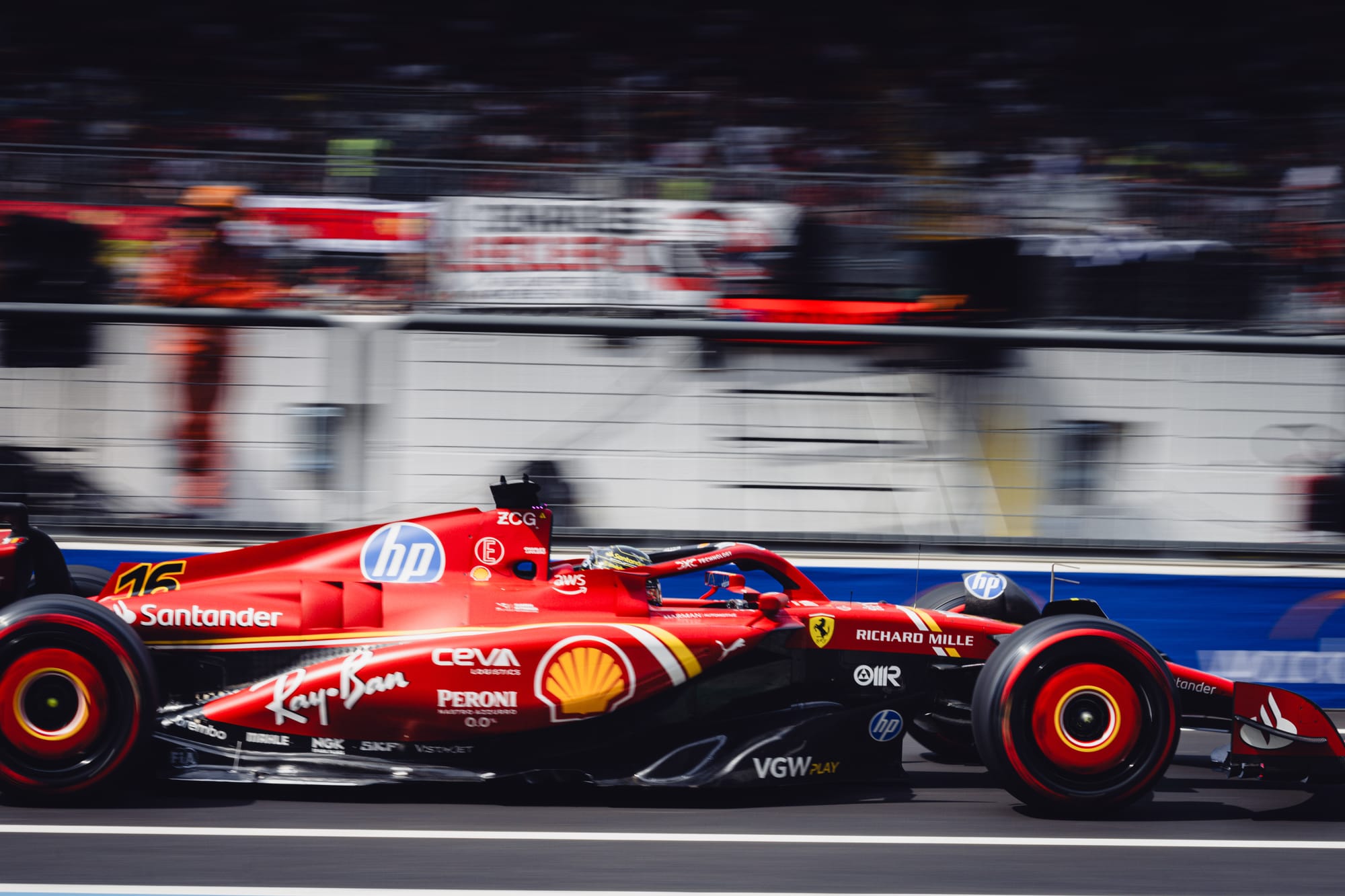
Ferrari traditionally puts significant effort into its low-downforce package for Monza, with a new front and rear wing that Leclerc said after the race contributed to "really good top speed that definitely helps on a track like this". But there was more to it than that.
Gary Anderson took an in-depth look at the package during the race weekend, but to summarise, the key changes were to the floor.
At the Spanish Grand Prix in June, Ferrari introduced a major upgrade package that proved problematic given it made the porpoising at high-speed a limiting factor and led to Ferrari's difficult run. Minor tweaks in Hungary in July were only ever intended to mitigate the problem and the Monza-spec floor is supposed to be the proper fix. The results at Monza were encouraging, but ultimately inconclusive.
"It's quite difficult to understand the impact of the upgrade on a track like Monza," said team principal Fred Vasseur when asked by The Race what role the floor played and whether the problems introduced in Spain have now been eliminated. "We have a car in such a different configuration to the rest of the season, it’s very difficult to understand.
"When you see quali and you see six, seven cars within less than one tenth, every single bit makes a difference. We had four cars in two hundredths, [so] for sure you can say that the upgrade is crucial. At the end the pace [in the Italian GP] was more linked to tyre management. It’s in quali where you have six-eight cars in one or two tenths, that every single upgrade will pay."
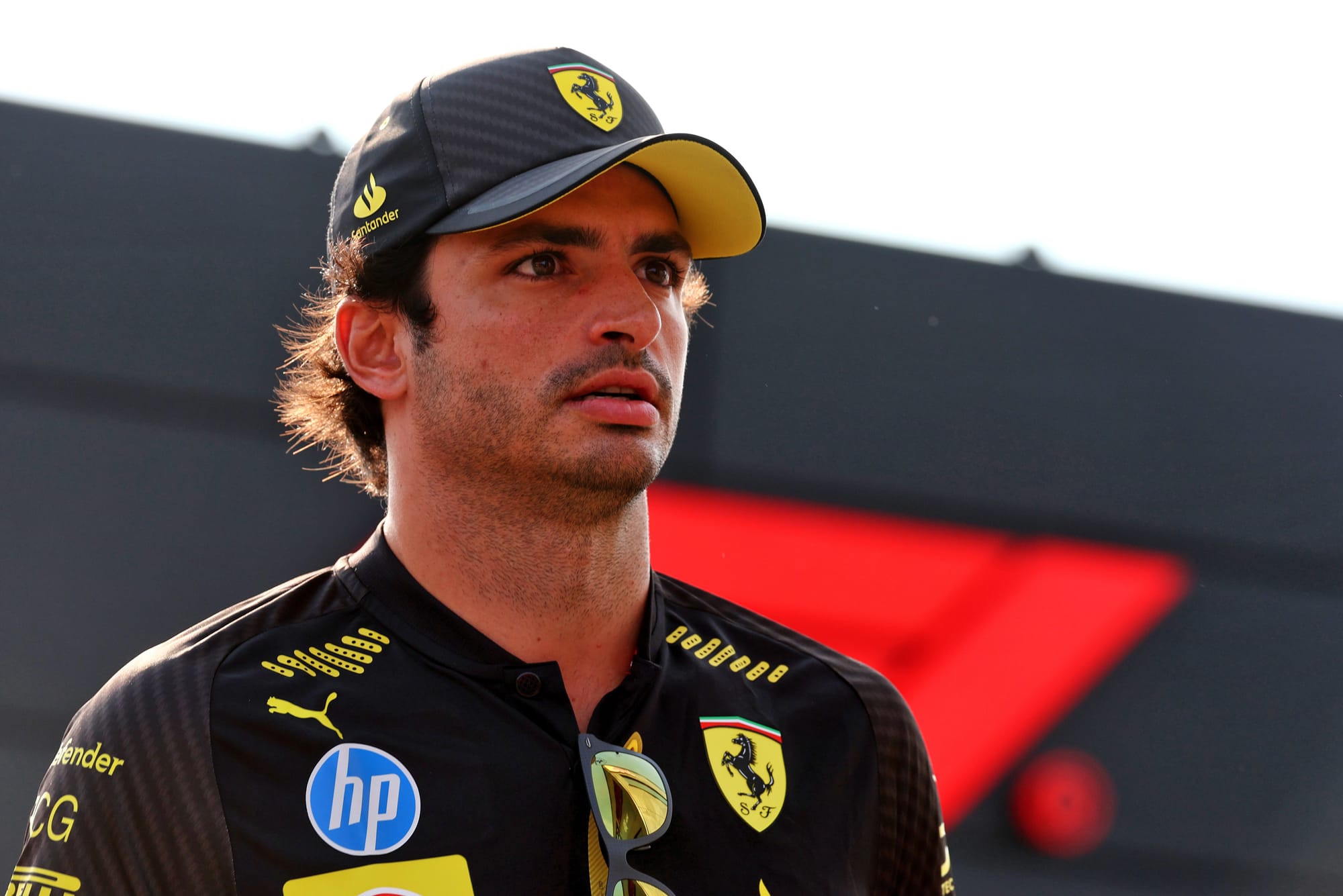
Carlos Sainz took a similar position. He's gently encouraged by the floor but argues it won't be until F1 returns to a conventional track, which won't be until the United States Grand Prix at Austin in October, that the question can be answered decisively.
"I'm honestly not sure," said Sainz when asked about the progress made with the floor. "We need more samples on this new floor and we need to go to more normal tracks. I guess the next normal one is Austin, because the ones coming up are very particular, Baku and Singapore. Austin is back to a more normal racetrack and that will tell us how good we are with this new floor."
He's right to be cautious. It won't be until there's a wider range of corner speeds and lengths that the Ferrari will truly be put through its paces. But at least there's reason for quiet optimism.
IS FERRARI'S TITLE BID BACK ON?
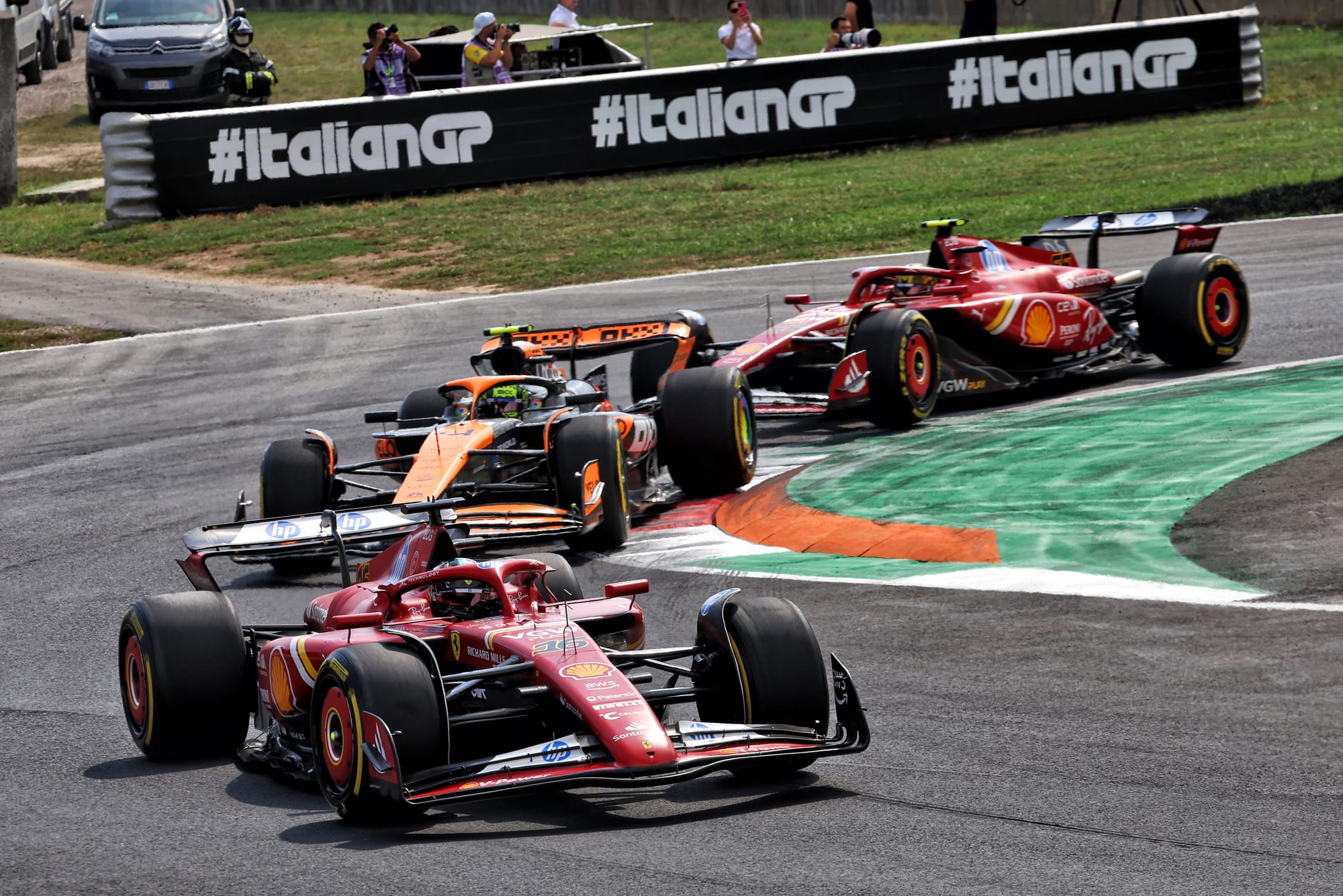
During Ferrari's difficult spell, its constructors' championship hopes appeared all but eliminated. However, having fallen 71 points behind after the British GP, its haul of 37 points at Monza means it's now only 39 points down on Red Bull - and 31 away from McLaren, the team that for many is favourite for that title.
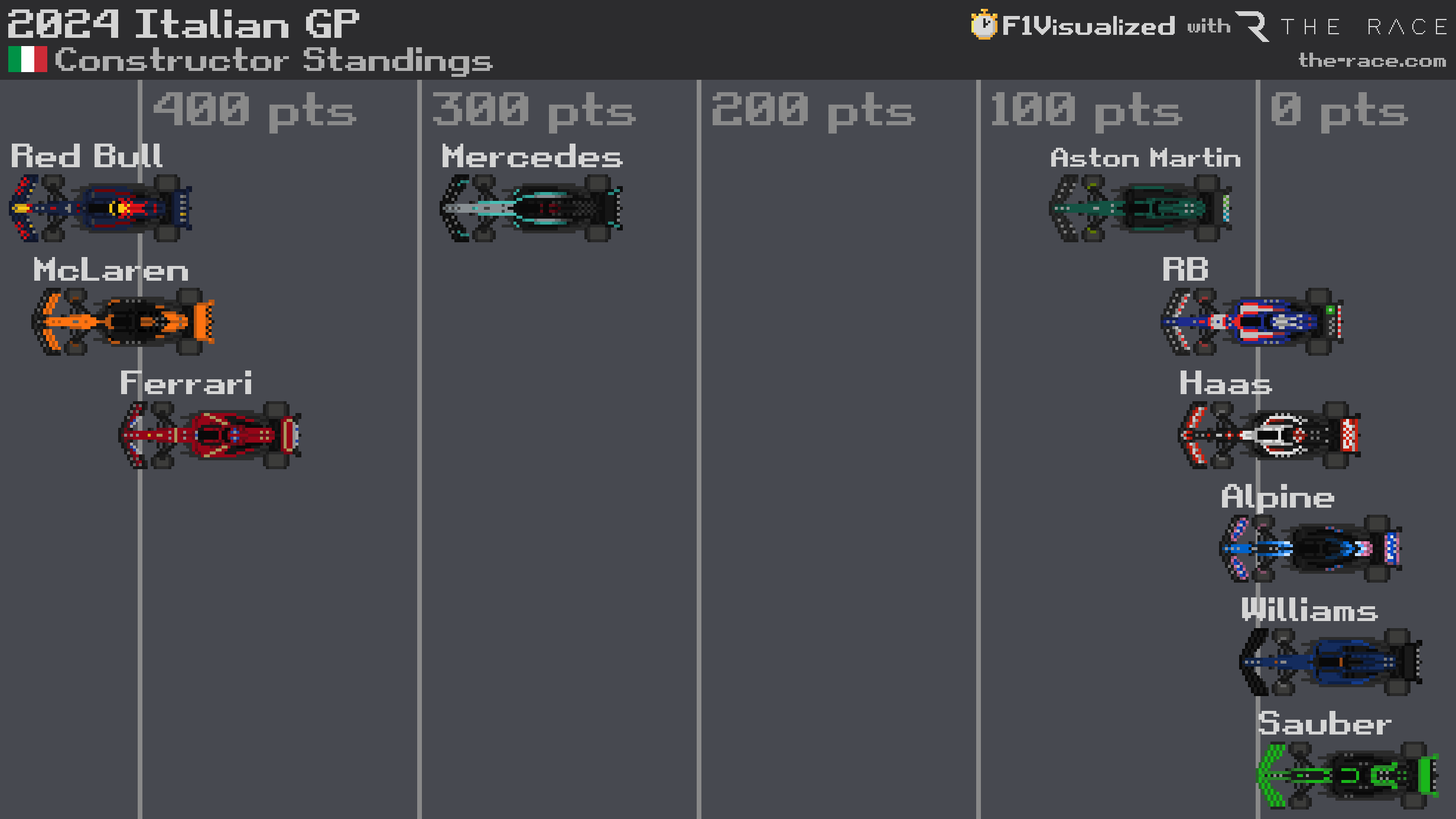
Sainz believes that the progress made, particularly with the floor, could be decisive in reigniting its constructors' championship chances.
"It is decisive also for the constructors' because [at Monza] we were the team scoring the most points and that means it is a big chance not only to get more wins through the year, but also fight for the constructors', which is going to be -if we manage to be quick in other tracks - tight with McLaren and Red Bull," said Sainz, when asked if the floor fix could be a decisive one if it continues to perform as expected.
McLaren is Ferrari's main problem. If Red Bull continues to struggle, there's every chance Ferrari can overhaul it but as McLaren is only eight points off the lead it could be far more difficult to catch. However, with Baku and Singapore coming up, both tracks where Ferrari should be strong, if the floor really is working as hoped then it could cash in.
IS MERCEDES BACK DOWN TO FOURTH BEST?
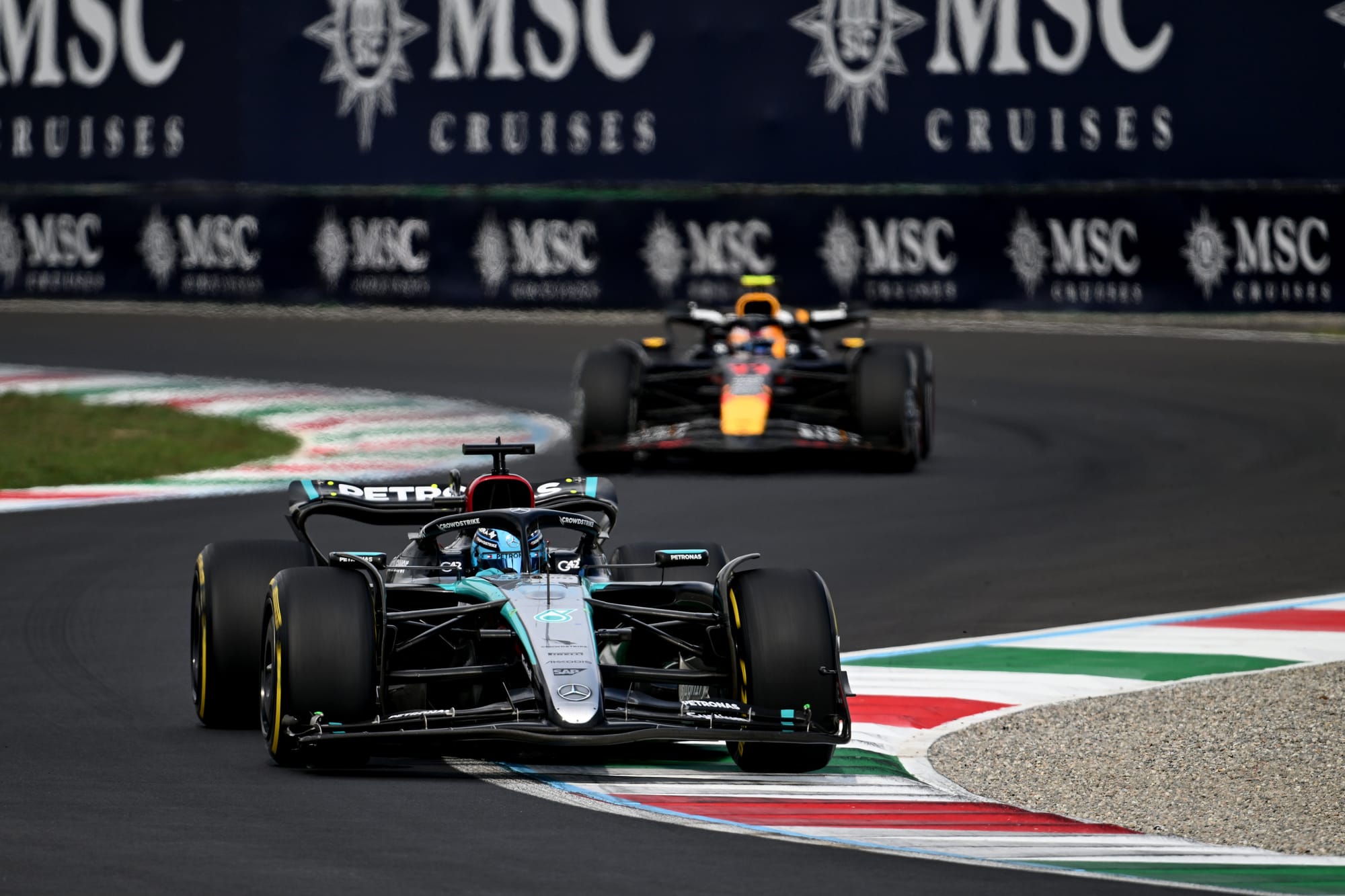
It wasn't long ago that Mercedes strung together a run of three wins in four races from Austria to Belgium. But in the Zandvoort/Monza double-header it struggled, accumulating finishes between fifth and seventh place, meaning it was the weakest performer in the lead group across the two races.
Zandvoort and Monza are very difficult circuits, ones that haven't allowed the Mercedes to be at its best. Team principal Toto Wolff highlighted the problem as the struggle to keep the tyres working for a race stint holding it back.
"We're able to extract a single lap, which is, in principle, good news, but then the balance isn't good enough to keep the tyres happy for the race," said Wolff. "That's been the topic since Zandvoort, it's been more on the edge and more difficult to find the right balance."
However, while Mercedes has had a downturn it would be premature to conclude it's now slipped to fourth best.
The performance levels of the top four cars are close and though McLaren is the strongest thanks to a car that works well across most conditions and track configurations, the others are a little more volatile. However, this double-header has dented the momentum Mercedes has built and underlined it still has more work to do after its big breakthrough earlier this year.
IS LECLERC F1'S BEST PERFORMER RIGHT NOW?
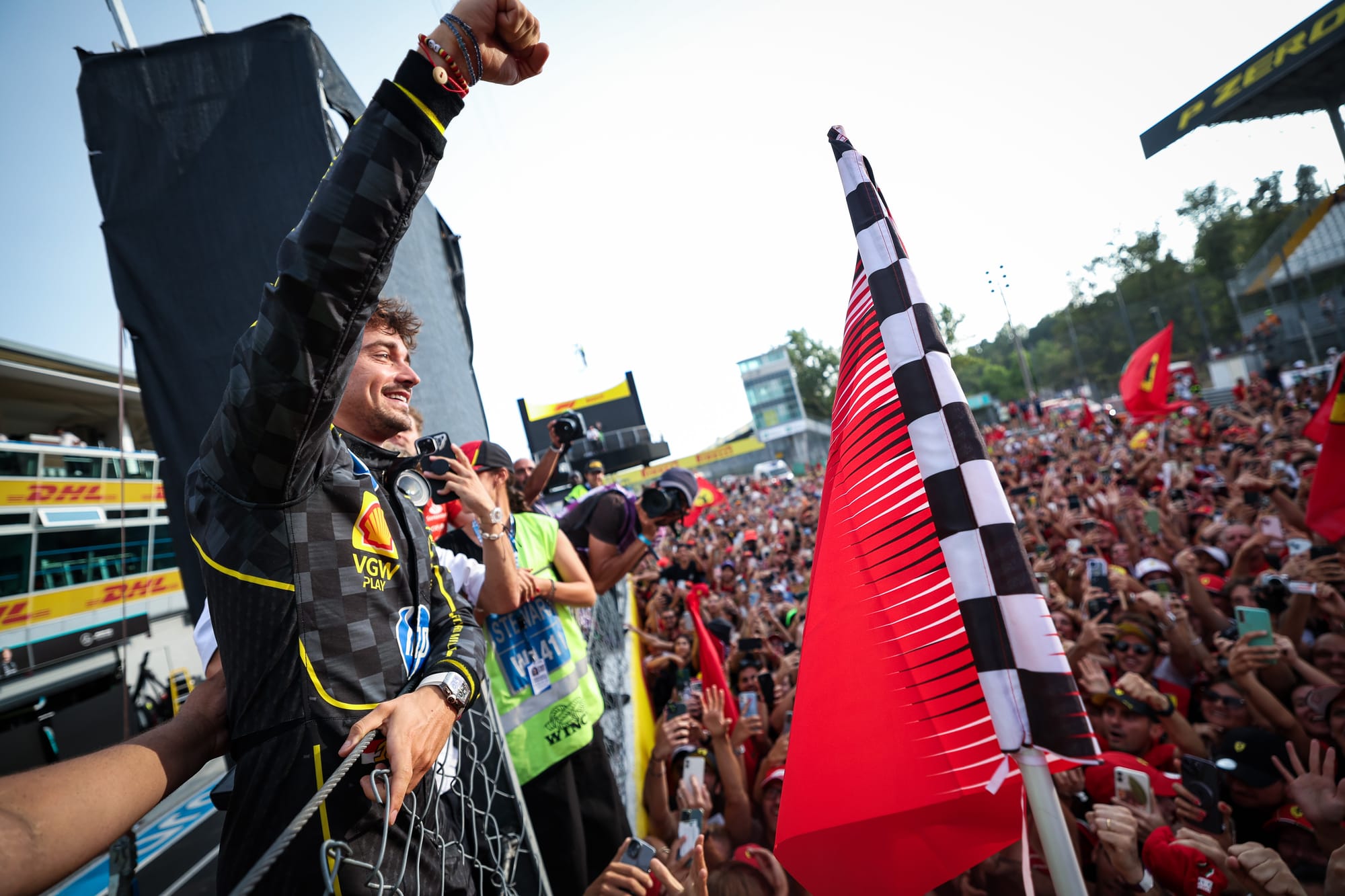
Leclerc's performance at Monza was outstanding, protecting the left-front tyre effectively while producing good, consistent pace in the second half of the race to pull off a strategy McLaren, at least, felt wouldn't pay off.
That's down to a combination of factors, not least the fact Leclerc has often shown a knack for such drives over the years despite being too often viewed as a great qualifier but not the rounded performer he is.
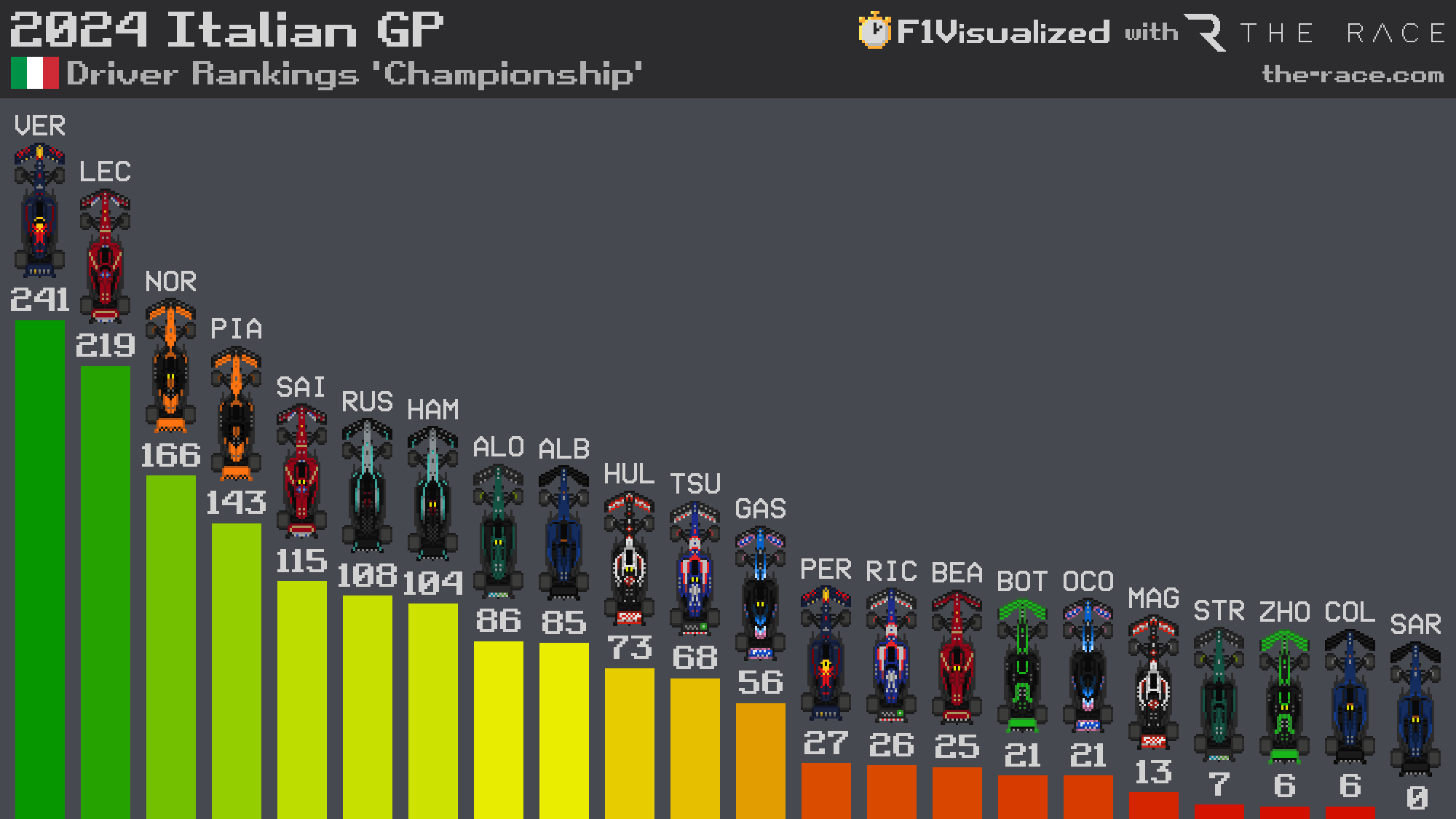
He's also performed strongly of late. In The Race's driver rankings, Leclerc has been ranked number one on each of the previous three weekends. While that's a subjective measure, it underlines how well he's got the most out of the car lately. Since Silverstone in July, where he had a difficult weekend thanks to floor experiments that left him on the back foot, he's left little on the table.
With Baku and Singapore potentially good weekends for Ferrari, Leclerc has the opportunity to cement his place as F1's current best performer.
IS VASSEUR'S FERRARI REVOLUTION ON TRACK?
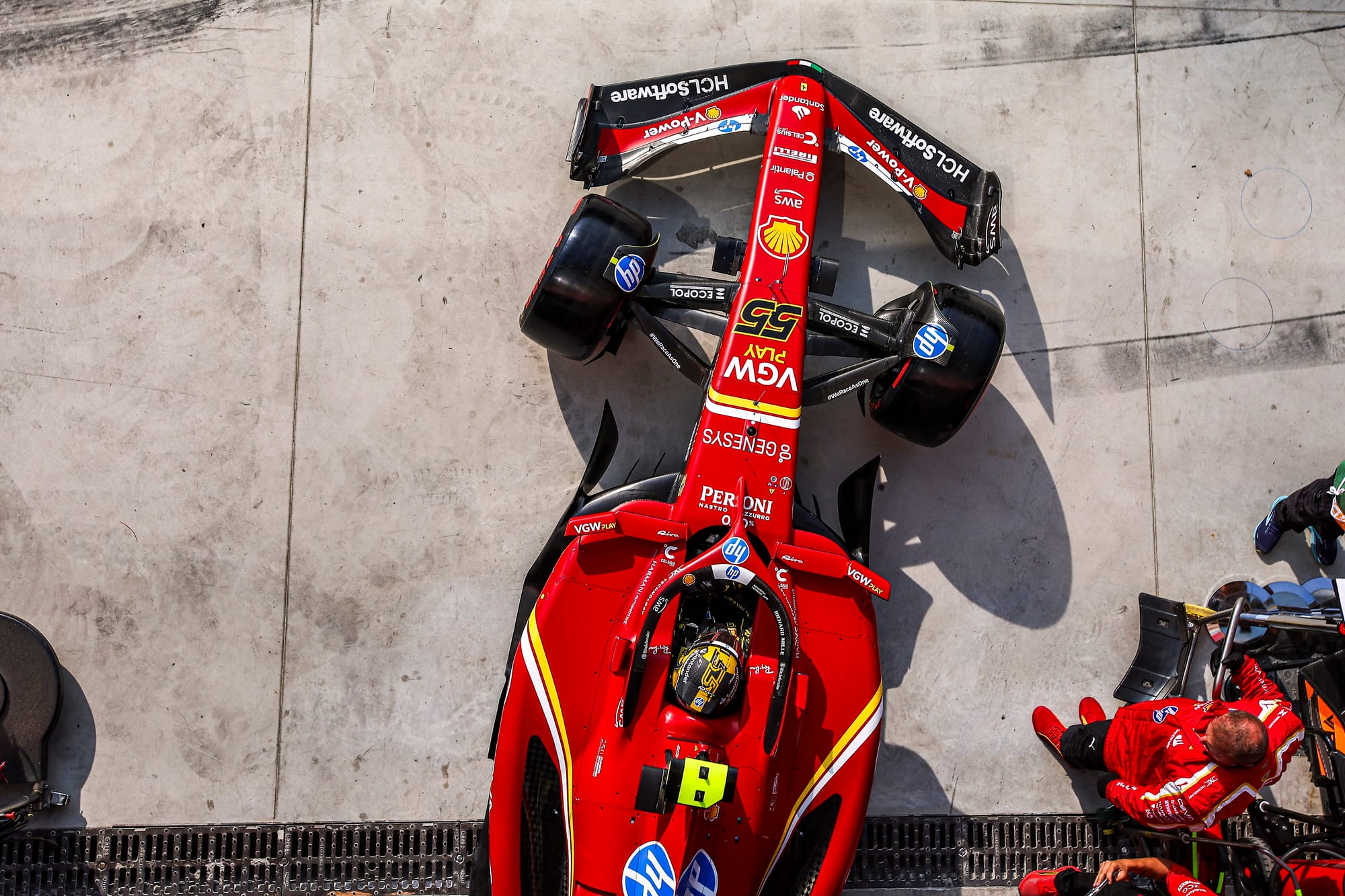
Ferrari's car troubles in the run of races after Spain inevitably raised questions about whether team principal Vasseur's quiet revolution at Maranello was stuttering.
The victory at Monza not only set those concerns aside, but was also a reminder of how much the team has improved when it comes to strategy.
That's not always been a Ferrari strength historically, but its sure-footedness in executing the race is a reminder that it is becoming an ever-more-convincing F1 force.
Combined with the apparent floor progress, it hints that Ferrari's mid-season wobble is just that, rather than representing the derailing of a team that's preparing for the even-more-intense scrutiny Lewis Hamilton's arrival will bring next year.


